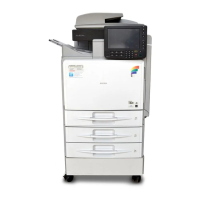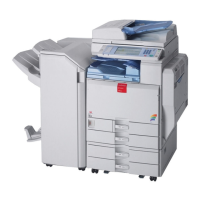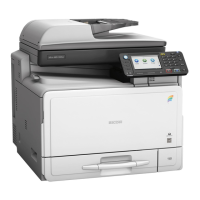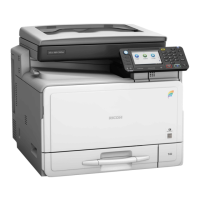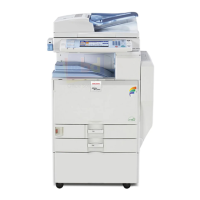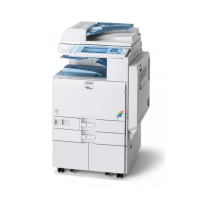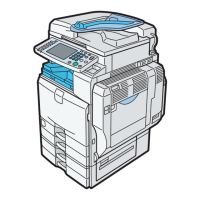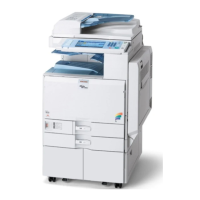Paper Thickness
Paper Thickness
*1
Paper weight
Thin Paper
*2
52–59 g/m
2
(14–15 lb. Bond)
Plain Paper 1 60–74 g/m
2
(16–20 lb. Bond)
Plain Paper 2 75–81 g/m
2
(20 lb. Bond)
Middle Thick 82–105 g/m
2
(20–28 lb. Bond)
Thick Paper 1 106–169 g/m
2
(28 lb. Bond–90 lb. Index)
Thick Paper 2 170–220 g/m
2
(65–80 lb. Cover)
Thick Paper 3 221–256 g/m
2
(80 lb. Cover–140 lb. Index)
Thick Paper 4 257–300 g/m
2
(140 lb. Index–110 lb.
Cover)
*1
Print quality will decrease if the paper you are using is close to the minimum or maximum weight.
Change the paper weight setting to thinner or thicker.
*2
Depending on the type of thin paper, the edges may crease or the paper may be misfed.
• Certain types of paper produce noise when delivered. This noise does not indicate a problem and
print quality is unaffected. (Glossy paper and OHP transparencies can produce noise when
delivered.)
• The paper capacity described in the tables above is an example. Actual paper capacity might be
lower, depending on the paper type.
• When loading paper, make sure the stack height does not exceed the limit mark of the paper tray.
• If multiple sheet feeding occurs, fan sheets thoroughly or load sheets one by one from the bypass
tray.
• Flatten out curled sheets before loading them.
• When loading envelopes, see p.157 "Envelopes".
• When loading thick paper of 106–300 g/m
2
(28 lb. Bond–110 lb. Cover), see p.156 "Thick
Paper".
• When copying or printing onto letterhead paper, the paper placing orientation is different
depending on which function you are using. See "Loading Orientation-Fixed Paper or Two-Sided
Paper", Paper Specifications and Adding Paper .
• The copy/print speed is slower than usual when copying or printing on thick paper of 106–300
g/m
2
(28 lb. Bond–110 lb. Cover) or glossy sheets, or if resolution is set to 1200 dpi.
9. Adding Paper and Toner
154
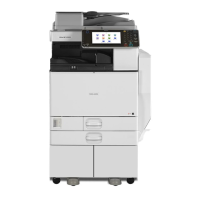
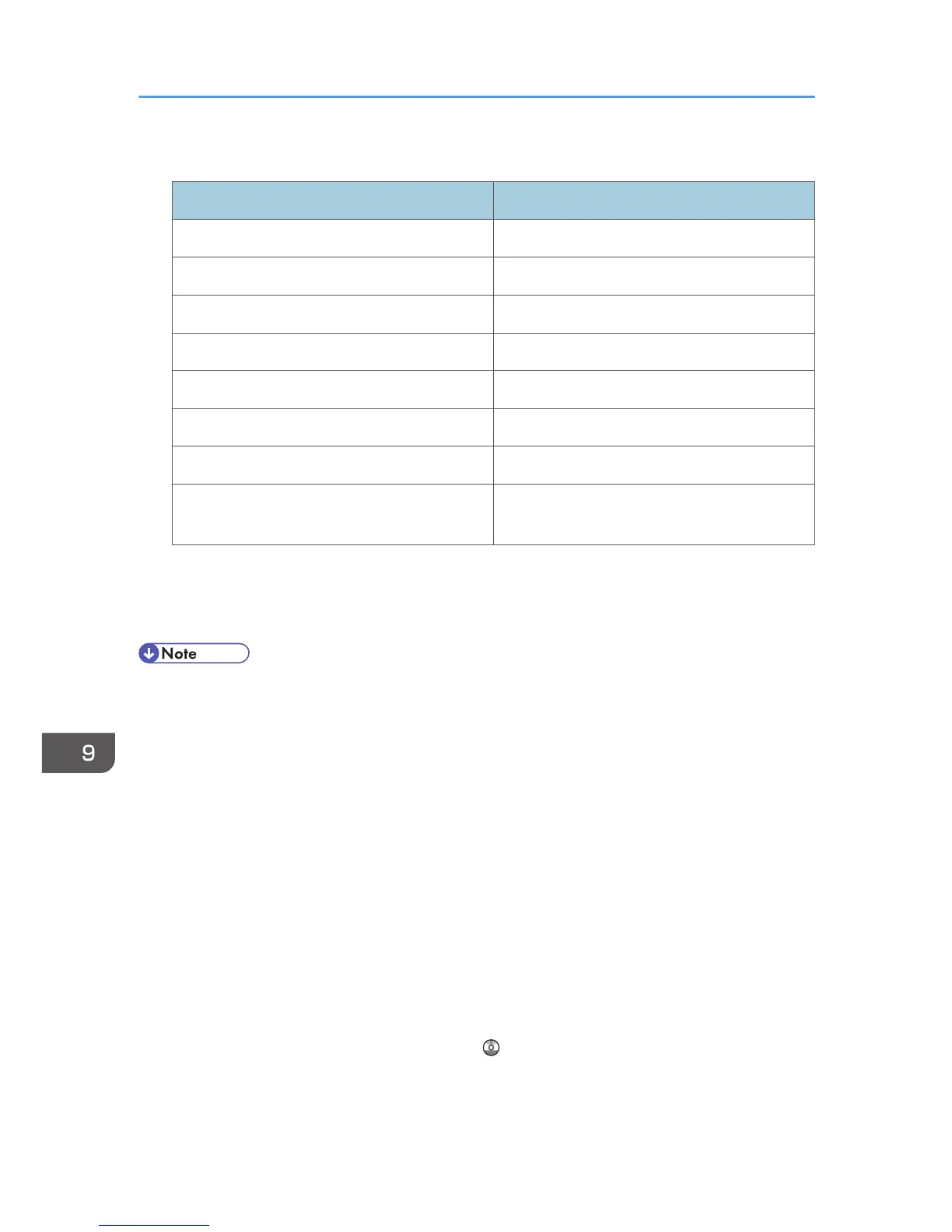